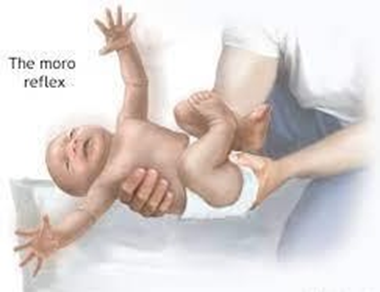A nurse is planning care for a client who is 2 hours postpartum following a cesarean birth. The client has a history of thromboembolic disease. Which of the following nursing interventions should be included in the plan of care?
Place 3 to 4 pillows under the client's knees when resting in bed.
Massage the client's posterior lower legs.
Have the client ambulate.
Apply warm, moist heat to the client's lower extremities.
The Correct Answer is C
A. Placing pillows under the client's knees may provide comfort but does not address the prevention of thromboembolic disease.
B. Massaging the client's posterior lower legs may increase the risk of dislodging a clot in clients with a history of thromboembolic disease.
C. Having the client ambulate helps prevent venous stasis and reduces the risk of thromboembolic events.
D. Applying warm, moist heat to the client's lower extremities may provide comfort but does not address the prevention of thromboembolic disease.
Nursing Test Bank
Naxlex Comprehensive Predictor Exams
Related Questions
Correct Answer is B
Explanation
A. Moist lung sounds in this context are not indicative of an emergency situation requiring immediate notification of the pediatrician.
B. Moist lung sounds in a baby born by cesarean section are common and may be due to retained lung fluid, often resolving within the first 24 hours after birth. This is because the baby does not experience the same compression of the chest during delivery as a baby born vaginally, which helps to expel some of the fluid from the lungs.
C. Aspiration of surfactant is not a common or likely occurrence.
D. Moist lung sounds are not typically indicative of a pneumothorax, especially in the absence of other signs and symptoms.
Correct Answer is A
Explanation
A. The described reflex is the Moro reflex, which is a normal startle reflex in newborns.
B. The Babinski reflex involves the extension of the big toe and fanning of the other toes in response to stroking the sole of the foot.
C. The Tonic neck reflex involves turning the head to one side, with the arm on that side extending and the opposite arm flexing.
D. The Rooting reflex involves turning the head and opening the mouth in response to cheek or mouth stimulation.

Whether you are a student looking to ace your exams or a practicing nurse seeking to enhance your expertise , our nursing education contents will empower you with the confidence and competence to make a difference in the lives of patients and become a respected leader in the healthcare field.
Visit Naxlex, invest in your future and unlock endless possibilities with our unparalleled nursing education contents today
Report Wrong Answer on the Current Question
Do you disagree with the answer? If yes, what is your expected answer? Explain.
Kindly be descriptive with the issue you are facing.
